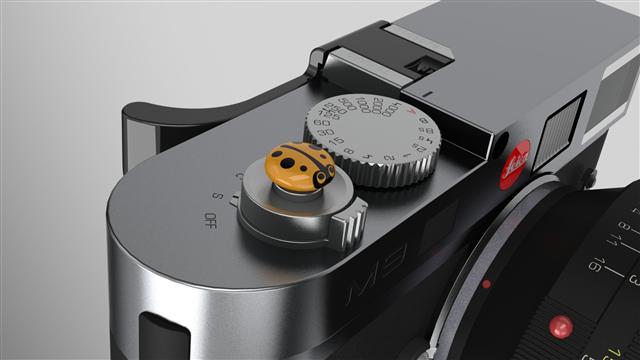
Soft shutter releases are popular among Leica and rangefinder addicts who find that they add to stability and help reduce camera shake, doubly important on a manual camera which lacks any form of stabilisation system. They are also fun and add to the experience of using your camera. As usual, however, there are soft releases and soft releases. Some are engineering marvels and works of art, others cheap and cheerful copies.
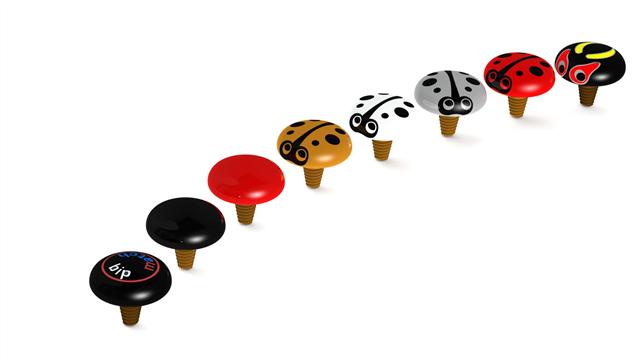
No one makes soft shutter releases like Tim Isaac of Match Technical in Seattle. His bugs can be seen on Leicas throughout the world. Milled from solid brass and finished in a tough enamel, Tim’s bugs are work of art and will last a lifetime. His parade of Beeps, Boops, Bips and Bugs is sold alongside the justifiably famous Thumbs Up grips which fit to the hotshoe of most Leicas and many other rangefinder-style cameras.
Magic bug
Nevertheless, since I sold my M9 nearly two years ago I have been less happy with my Match Technical soft release, my little red bug, because I could never seem to get it tight enough on the new M or the Monochrom. Indeed, on two occasions my little treasure fell off the camera. The first time I saw it fall and was able to retrieve it immediately. The second time I got home and discovered the bug gone. I retraced my steps back to the bus stop but there was no sign of it. However, since all stories deserve a happy ending, I was out walking one week later and glimpsed a red glimmer between the paving stones. My beautiful little bug had come home to daddy. I decided not to risk it again. It now sits happily on my MP where it seems much more firmly attached than on the M or Monochrom.
I enjoy using my Leicas fitted with one of Match Technical’s release buttons. There is less chance of camera shake and the domed bug (you can also buy convex versions) gives me that little bit more purchase and fine control. A word of warning, though. If you fit a bug you must be very careful always to switch off the camera before putting it in a bag. Otherwise, the bug will bug away and will certainly continually wake the Leica or, at worse, fill up your SD card with pictures of the inside of the Billingham Hadley Pro. This does nothing for battery life.
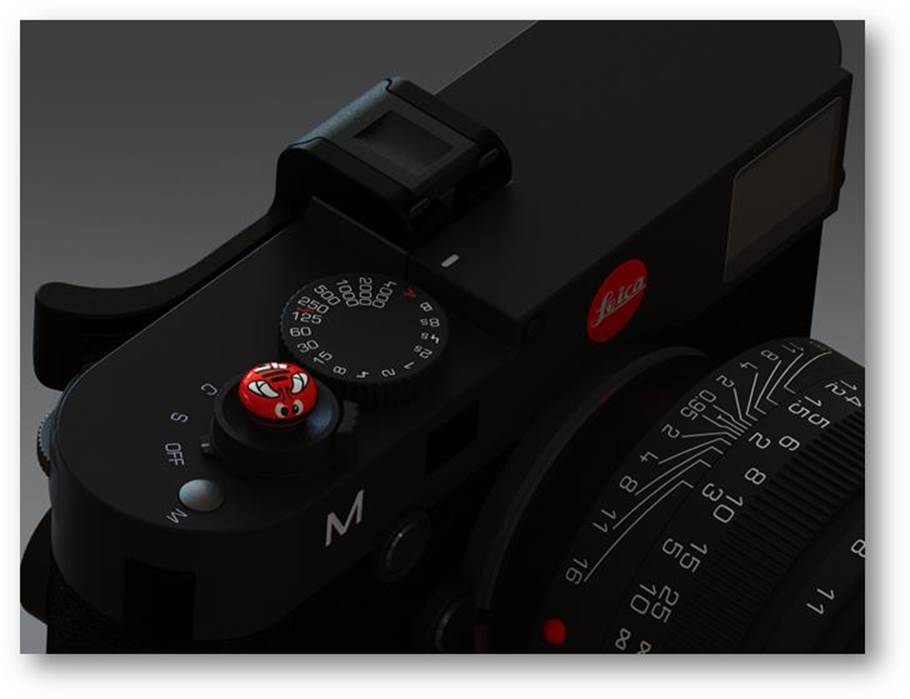
Last week, fortunately, I discovered the possible reason for my not being able to tighten the bug properly on the latest Leica cameras. It appears that the shutter release thread is slightly shorter on the M-E, M and Monochrom. So bugs made for the M8/M9 and Leica film cameras are just a tad too long.
I took this up with Tim and he confirmed that he now makes a range of bugs designed especially for the newer cameras. But what emerged from the conversation was the incredible amount of technical experience and attention to detail that goes into these Match Technical shutter releases.
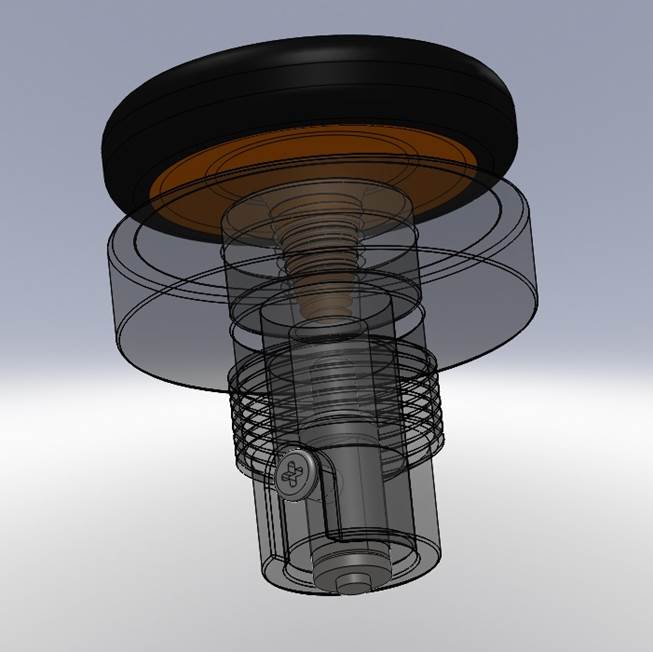
Tim has investigated this in depth, even going to the trouble of stripping down a shutter release mechanism and CAD modelling the design to show how it works and how a Match Technical shutter buttons can be screwed in really tightly.
I believe many of us are quite timid about our soft releases and making them tight. I know I was until I examined what was going on inside the Leica camera. The shutter release button and its assembly, including the power switch is extremely robust in its construction. It is impossible to damage the shutter button or anything in the assembly by over tightening–if using your fingers and not any tools, that is.
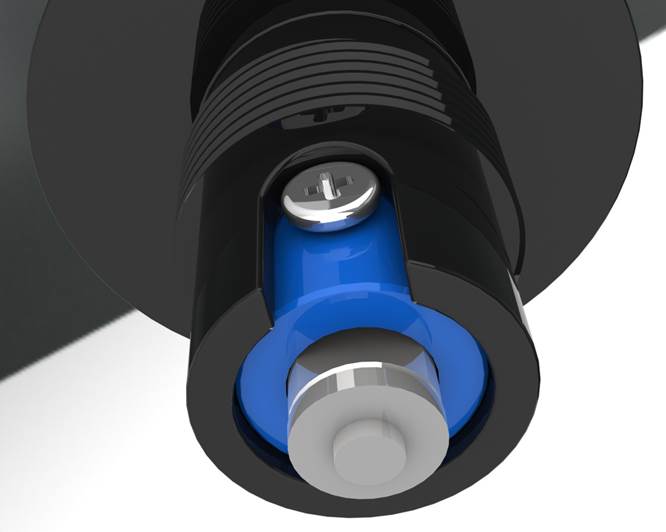
When you make the soft release tight, the twisting of the shutter release button is opposed by the head of the steel screw down inside the shutter release button housing. No one I know is capable of shearing off the head of that steel screw from its position on the shutter release. Also, the build of my brass shutter button has sufficient surface area on the threads to withstand the twist as well without damage. Make it as tight as you can.
Redesign
The shorter-threaded bugs are part of a major redesign of all Match Technical’s soft releases. Tim has also reworked the graphics as well as introducing new colours. In addition, all 29 of the various colours and designs will be made in two versions―short for M, MM and M-E and long for M9, M8, Fuji X and similar cameras with a standard shutter-release button.
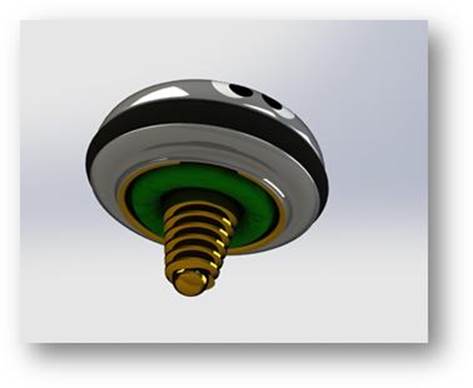
These new designs incorporate an O-ring on the main threaded stem as well as an O-ring on the perimeter of the soft-release body. The ring on the main step will serve to preload the twisting action during installation and make it more difficult for the soft release to come unscrewed. Tim believes the ring will also serve to give more warning if the soft release is coming loose, before it is completely lost “due to the gravity pockets that are known to form right under cameras from time to time.”
And you thought there couldn’t possibly be much to making a little screw with an enamelled bonce. Wrong.
You can buy inferior products everywhere but if you value your expensive Leica I would strongly recommend going out of your way to make sure you have a genuine Match Technical bug. Despite the palpable quality and flawless design, Tim’s bugs start at the bargain price of only $12.88 (£7.65), which gets you one of the original designs. The newer designs will retail for $21.88 (£12.95) which is still very reasonable in my view.
